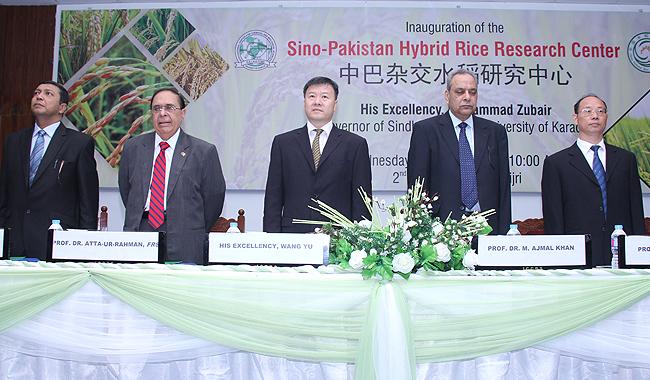ghazi52
PDF THINK TANK: ANALYST

- Joined
- Mar 21, 2007
- Messages
- 102,766
- Reaction score
- 106
- Country
- Location
Pakistan Agriculture Developments.
Agriculture plays an important role in generating economic growth, and increased agricultural productivity tends to increase rural employment and help alleviate poverty. A collection of papers on agricultural issues in Pakistan, this book assesses the past performance of Pakistan ' s agriculture sector, analyzes the major issues and constraints facing the sector in recent years, and proposes a strategy for accelerating and sustaining growth in the coming decades.
Dairy and livestock
Dairy and livestock segment is 12% of the country’s gross domestic product (GDP) and 56% of its agriculture. With dairy segment alone accounting for 27% of agriculture sector, Pakistan is one of the world’s top five producers of milk having an annual turnover of over 36 billion litres of tradable milk.
By contrast, the majority livestock ownership is at subsistence level, which increases the risk of loss.
“In order to mitigate the risk of losses of small livestock farmers, the government is introducing the Livestock Insurance Scheme for all farmers getting financing for up to 10 cattle,” .
Agriculture plays an important role in generating economic growth, and increased agricultural productivity tends to increase rural employment and help alleviate poverty. A collection of papers on agricultural issues in Pakistan, this book assesses the past performance of Pakistan ' s agriculture sector, analyzes the major issues and constraints facing the sector in recent years, and proposes a strategy for accelerating and sustaining growth in the coming decades.
Dairy and livestock
Dairy and livestock segment is 12% of the country’s gross domestic product (GDP) and 56% of its agriculture. With dairy segment alone accounting for 27% of agriculture sector, Pakistan is one of the world’s top five producers of milk having an annual turnover of over 36 billion litres of tradable milk.
By contrast, the majority livestock ownership is at subsistence level, which increases the risk of loss.
“In order to mitigate the risk of losses of small livestock farmers, the government is introducing the Livestock Insurance Scheme for all farmers getting financing for up to 10 cattle,” .





